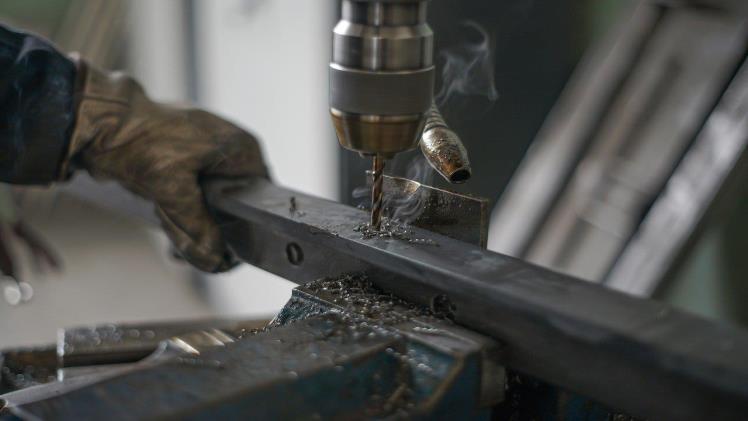When thinking of diamonds, industrial use may not be the first thing that comes to mind. However, there is a large demand for diamonds in the industrial realm. Uses for diamonds include industries such as construction, transportation, manufacturing, mining, electronic production, and stone polishing.
Amongst their many uses, industrial diamonds are mainly used as an abrasive or cutting tools. Diamond grinding disc is a great example of this, where the diamonds offer a quality abrasive layer to achieve clear material samples. Diamond grinding dics also outlast regular grinding paper, which can contribute financial and eco-sustainable benefits.
Industrial versus commercial diamonds
Industrial diamonds that are made for industrial use differ to commercial diamonds mostly in the quality that they are made of. Commercial diamonds must be high quality with minimal blemishes in the rock. Industrial diamonds on the other hand generally are highly flawed with colours and shapes that are irregular. While they may not be shaped appropriately for jewellery, industrial diamonds hold a large amount of value for mining and metallography industries.
Types of natural industrial diamonds
3 different types of industrial diamonds exist when they are retrieved naturally:
- Bort
- Carbonado
- Ballas
Bort is a coloured diamond that is dark due to its impurities in the stone. While it is a particular type of stone, it is categorically named for stone that are not suitable for commercial, or gem, purposes. Bort is processed in steel mortars and is commonly used in drill bits, grinding wheels for tool sharpening, and in water and oil for polishing purposes.
Carbonado is a black diamond also known as carbon. As it is quite porous compared to the other two, is it commonly used in tools that use diamond. Found in Siberia, Brazil, and South America, it is often a favourite as embedded in drills that are used for excavating mineral deposits, cutting hard materials such as rock and glass, and testing the hardness of substances.
Ballas is a particularly tough type of clustered diamonds. Sourced from both South Africa and Brazil, it is as durable as it is unmalleable.
Synthetic versus natural
Because synthetic diamonds are an expensive and laborious process, they are rarely made to match the quality of a gemstone diamond. This however doesn’t mean that they are not valued. The wide range of industrial uses makes both synthetic and natural diamonds a prized possession.

